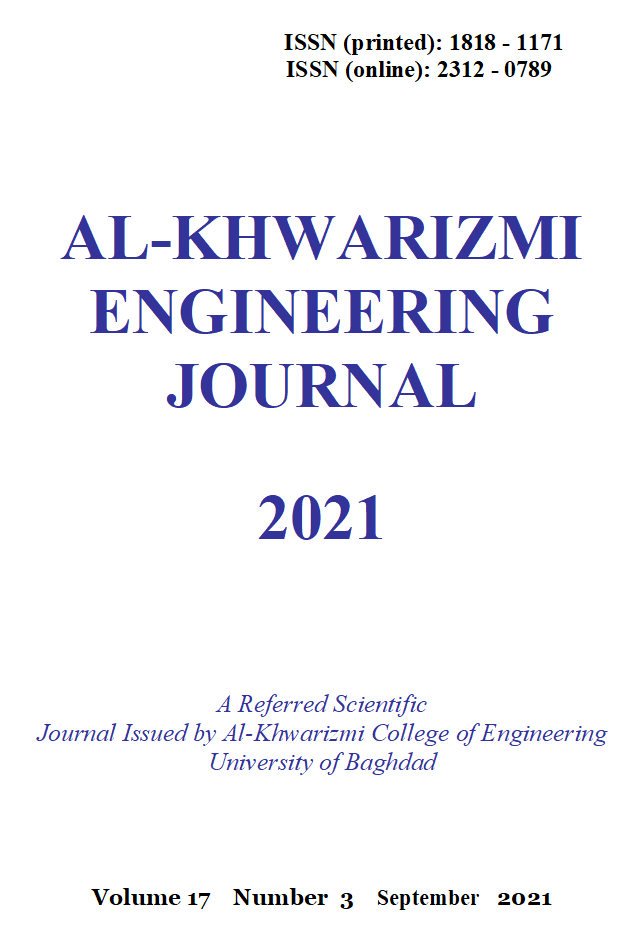Phytotoxicity of Salvinia molesta in Diesel Exposure
DOI:
https://doi.org/10.22153/kej.2021.09.001Abstract
Phytoremediation is one of the methods to remove various types of pollutants from water and soil using plants. Salvinia molesta, an aquatic plant, is chosen in this study to determine its ability to degrade diesel as the pollutant in synthetic wastewater with different diesel concentrations (0, 8,700, 17,400, and 26,100 mg/L) for 14 days. Total petroleum hydrocarbon (TPH) has been used as an indicator to represent diesel concentration variation in wastewater. Degradation of TPH was 85.1% for diesel concentration of 8,700 mg/L, compared with only 53.9% in the corresponding control without plant. While, acute toxicity on S. molesta exposed in diesel concentrations of 17,400 and 26,100 mg/L was observed and eventually had caused the plants to die after 14 days of exposure. Additionally, throughout the phytotoxicity test, the biomass of S. molesta was found to fluctuate confirming inhibition on plant to survive with diesel contaminated water compared with the corresponding control without contaminant. Based on the results obtained it is suggested to decrease diesel concentration less than 8,700 mg/L in future study due to insolubility of diesel in water and the toxicity to the aquatic plants
(Received 8 August 2021; Revised 6 September 2021; Accepted 9 September 2021)
Downloads
Downloads
Published
Issue
Section
License
Copyright: Open Access authors retain the copyrights of their papers, and all open access articles are distributed under the terms of the Creative Commons Attribution License, which permits unrestricted use, distribution, and reproduction in any medium, provided that the original work is properly cited. The use of general descriptive names, trade names, trademarks, and so forth in this publication, even if not specifically identified, does not imply that these names are not protected by the relevant laws and regulations. While the advice and information in this journal are believed to be true and accurate on the date of its going to press, neither the authors, the editors, nor the publisher can accept any legal responsibility for any errors or omissions that may be made. The publisher makes no warranty, express or implied, with respect to the material contained herein.
















